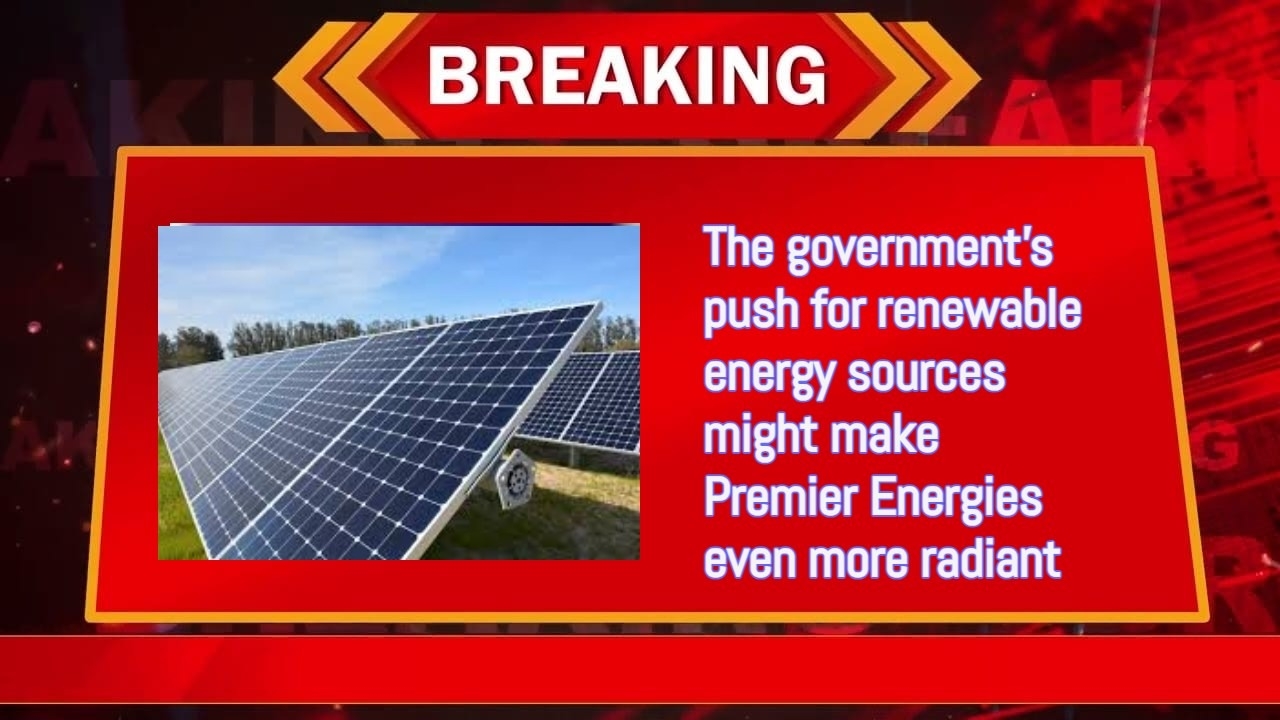The initial public offering (IPO) of Premier Energies, a producer of solar cells and modules, is scheduled to launch on August 27 with the goal of raising ₹2,830 crore. Of this, ₹1,291 crore will come from a new share offering, all of which will go toward increasing capacity.
The promoter and private equity investors will make a sale offer for the remaining portion. The promoter’s ownership of the Hyderabad-based business will drop from 72% to 66% following the proposed IPO.
The government’s efforts to boost the proportion of renewable energy in installed energy capacity—which is anticipated to reach 500 GW by 2030—should boost the company’s profits.
Increase in cells and modules
One major contribution from solar power is expected. India’s installed solar capacity is predicted to reach over 200 GW by FY28, having increased by roughly four times in the last six years. Premier Energies makes money from both local and foreign markets.
Over the next two years, the company plans to increase the capacity for cells and modules. Based on current realisation, this may bring its annual revenue up to ₹20,000 crore. This IPO might appeal to long-term investors who can weather cyclical downturns.
Company Structure: Premier Energies is the second-largest solar cell manufacturer and the fourth-largest solar module maker in India. It was formed approximately 29 years ago. The company has 4 GW of installed solar modules and 2 GW of solar cells altogether.
By the end of 2026, it hopes to have increased its capacity to 7 GW for solar cells and 8 GW for solar modules through a capacity development project. The company intends to invest ₹3,358 crore in this expansion; roughly ₹1,000 crore will come from the proceeds of the initial public offering (IPO), ₹2,200 crore from debt, and the rest amount will come from internal accruals.
Decrease in price of polysilicon
Financials: Premier’s revenue climbed by 105% yearly between FY22 and FY24, reaching ₹3,143 crore at the end of the former. At the same time, EBITda expanded by 206% to ₹505 crore, resulting in an EBITda margin of 16.07%.
Risk: Price volatility may result from China’s monopolistic position in the polysilicon and solar cell raw material markets. Over the past six months, polysilicon prices have decreased by 30–40%, reaching multi-year lows.
Since 48.47% of the company’s purchases are made up of imported materials from China, changes in the price of polysilicon could have an effect on its bottom line.
Assessment: The company aims to get a valuation at the top end of the price range, equivalent to 25 times the annualized profit for the first quarter of FY25. Websol Energy, a rival company, is currently selling at 44 times its annualized profit.

